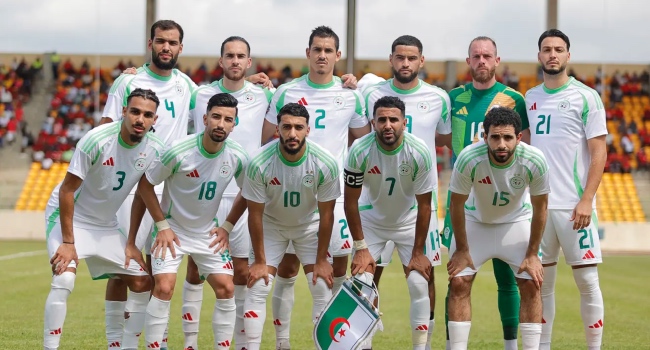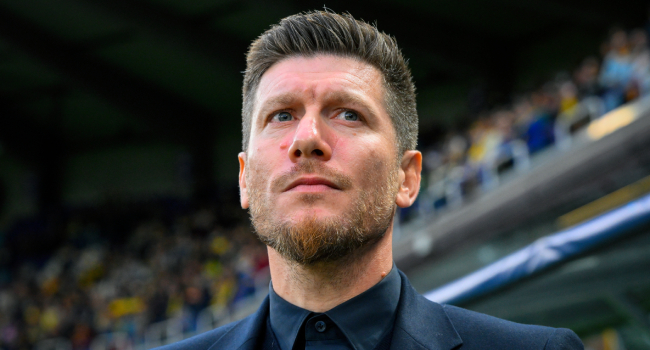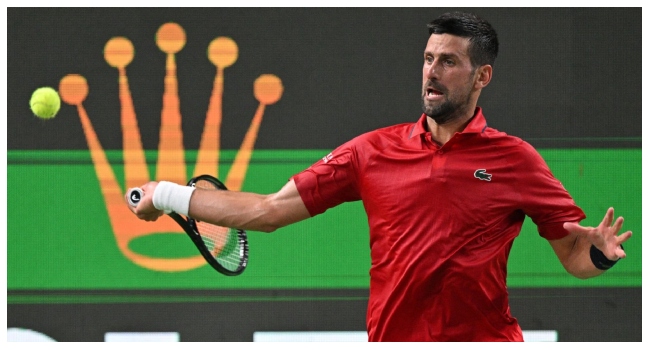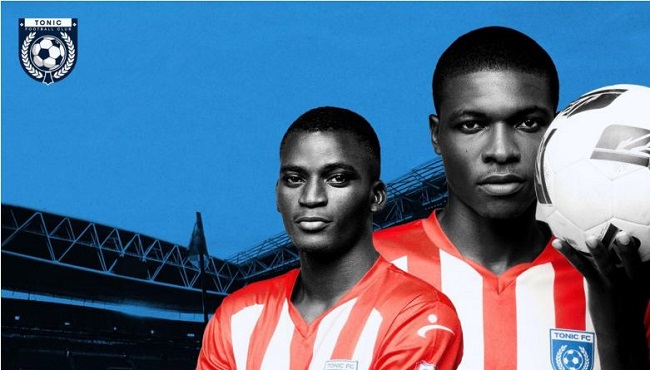
Riyad Mahrez, who assisted Amoura both times, also scored to bolster the win at the Miloud Hadefi Stadium in Oran and make Algeria the fourth African qualifiers after Morocco, Tunisia and Egypt.
Algeria led Group G with 22 points from nine matches, four ahead of their closest pursuers Uganda with just one match remaining — booking their fifth appearance at the global showpiece next year.
READ ALSO: Monaco Sack Coach Hutter, Line Up Pocognoli
Amoura volleyed a Mahrez cross into the net on six minutes, then the former Manchester City winger slammed a loose ball into the net midway through the opening half to put Algeria firmly in control against Somalia.
Mahrez turned creator again on 57 minutes, setting up Amoura to stretch the lead to three goals.
The two-time Africa Cup of Nations winners are coached by Vladimir Petkovic, who inherited the team from Djamel Belmadi following his sacking last year.
Belmadi had led Algeria to win the 2019 AFCON in Egypt, earning him the title “minister of happiness” during a time of mass protests in the North African country.
But after missing out on the 2022 World Cup and losing two consecutive group-stage matches at the 2022 and 2024 AFCON editions, Belmadi’s tenure came to an end.
Petkovic coached Switzerland to the Euro 2020 quarter-finals.
Currently ranked 38th in the world, Algeria first appeared at the World Cup in Spain 1982, when they famously beat West Germany 2–1 but were controversially eliminated in the group stage.









